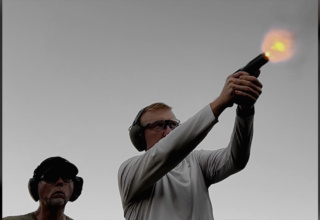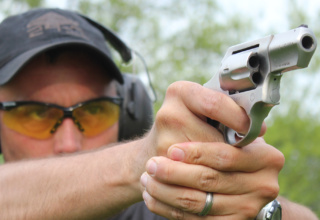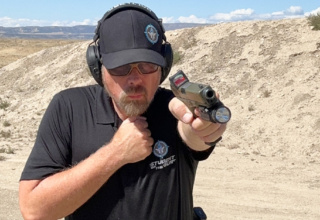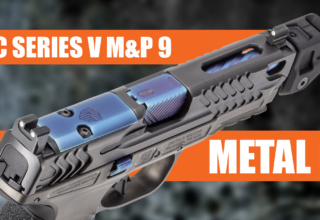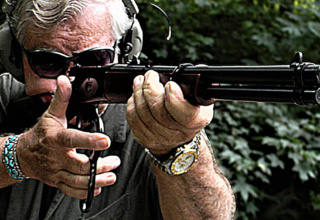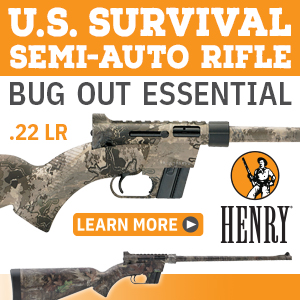A pistol caliber carbine and a caliber-matching handgun may be the optimal combo for your home and personal defense needs
by Bob Campbell
Popularity doesn’t always mean something is good. But then, it just may. A well-received modern duo may be the best combination available for personal defense, home defense, and recreation. I am referring to the 9mm carbine and pistol.
Perhaps we are building on the long-ago pairing of a single-action revolver and lever-action carbine in the same caliber. The .32-20 WCF, .38-40 WCF, and the .44-40 WCF saw widespread use in the Old West and Africa. But pairing wasn’t a strict rule. Some carried .45 Colt revolvers and the .44-40 rifle. Practicality and ammunition supply, though, made cartridge pairing desirable.
Today, the .357 and .44 Magnums offer a similar appeal, not to mention .22 caliber handguns and rifles. A dynamic duo capable of defending hearth and home on an equal footing is the 9mm carbine and pistol. You may use the same cartridge and magazines and even the same red dot sight picture.
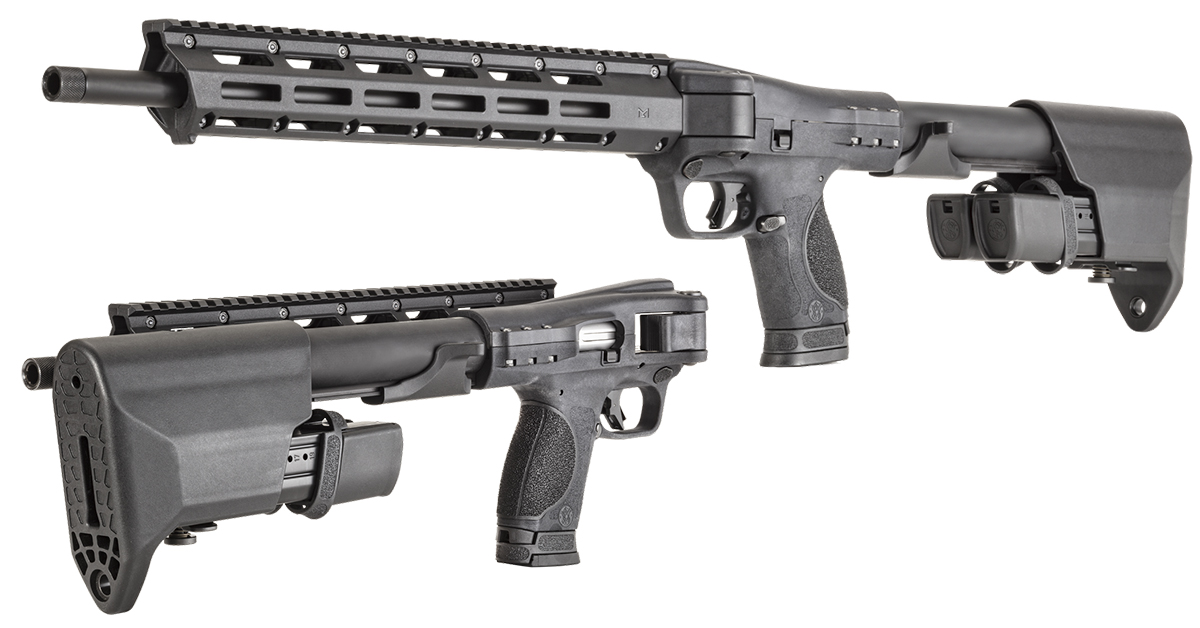
The innovative 9mm solution is unique in some ways and in other ways recreating what has gone before. A characteristic of human beings is to prefer retro cars and antique furniture, although this isn’t universal. The first consideration is that pistol caliber carbines are not rifles. For the intended use, this isn’t a drawback. Much the same may be said of the Old West lever guns. Once the .30-30 WCF was introduced, experienced shooters adopted this hard-hitting, long-range caliber. A few years later, Zapata wrote concerning American aid to Mexico, “When armed with the American ‘cowboy guns’ our men are at a serious disadvantage compared to enemies armed with the Mauser rifle.” Take history in context. The Mexican revolution kept Winchester lever-action rifles and Colt single-action revolvers in production twenty years past their prime. If you need a rifle, get a rifle.
So, how did we arrive at the 9mm carbine?
The 9mm Luger became the most popular submachine gun cartridge of all time shortly after World War Two — Thompson and Grease Gun .45s notwithstanding. After World War Two, most European armies adopted the 9mm SMG, and since they had the 9mm SMG, also adopted a 9mm pistol. We pushed the 7.62 NATO round on our allies, and they would never adopt a .45 ACP pistol. Compact, fast-handling 5.56mm rifles have replaced the 9mm SMG in military use.

Then we had semi-automatic civilian-legal versions of some of these SMGs. For the most part, they are far too heavy, have heavy trigger actions, and are not well-suited to personal defense. The Calico carbine never got off the ground. I think the Marlin Camp carbine was ahead of its time. Some pretty funky, cheaply made types were introduced, including one with a plastic feed ramp!
KelTec’s folding carbine showed us what could be accomplished with a purpose-designed carbine. With this history swimming in my head — much of it irrelevant to the present situation, I admit — I took a hard look at the modern 9mm carbine. In the end, I adopted the Smith & Wesson Response carbine as my home defender and the Smith & Wesson FPC as a truck gun.
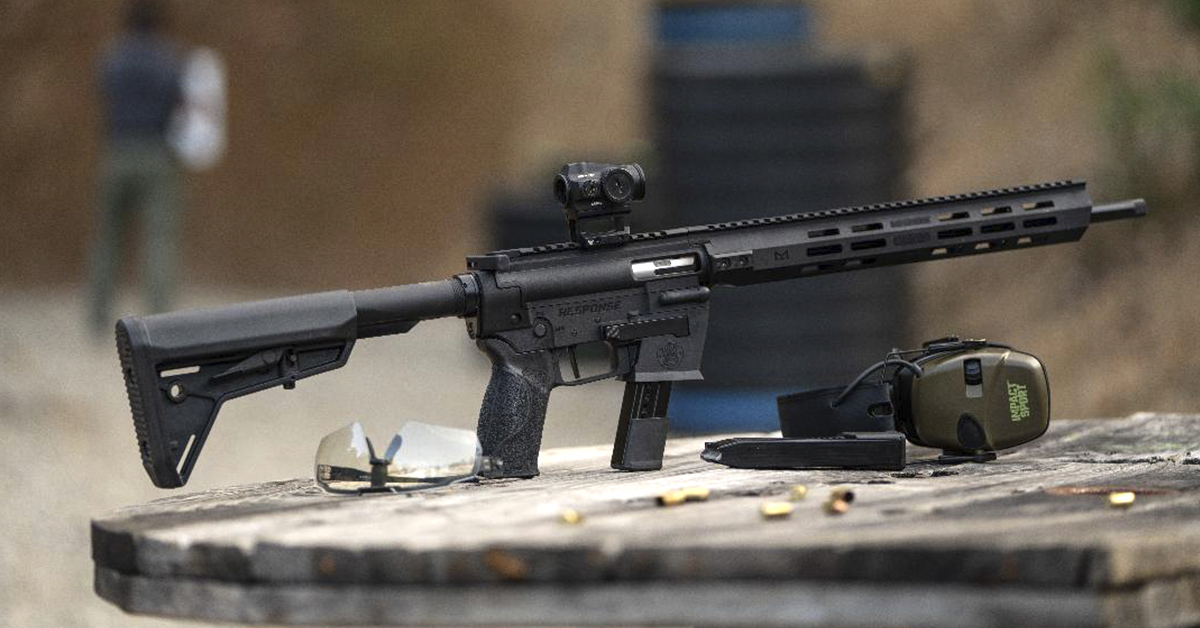
I am well satisfied.
A shooting problem is best addressed by going all-out and testing both the piece and your executive functions. I am grateful I can address a diverse number of shooting drills. Attention to detail and regulation of mental energy brings about a valid conclusion. The project has lasted for several months and, as a result, I am convinced of the viability of the 9mm carbine for home defense and personal defense. I turned to prior experience as a base, and then took goal achievement as a satisfying program for deployment. I considered the differences between handguns and carbines for home defense. I made a couple of posits that didn’t make it up the logic ladder, and some that did. The Smith & Wesson Response handles like an AR-15. It has the same controls and trigger action, although the Response has polymer upper and lower receivers. The Response features a straight blowback action, avoiding the complication of a gas operated action in a 9mm carbine. The Response comes with sights, which is an advantage for most of us. The magazine well is easily changed out for S&W M&P or Glock magazines. It gets better as I fire the carbine more!
How I Got Here
First, choose your primary. For most of us, concealed carry means the pistol is primary. In home defense, the carbine should be primary. Wrap your head around the changed dynamic in home defense. The long gun promotes accurate target hits, usually offers greater ammunition reserve, and may hit a little harder due to a modest increase in velocity. There are, though, myths to be dealt with. One is that a pistol is used for fighting your way to a rifle. That’s a bankrupt tactic. Get rid of it. You will fight with what you have. You will not have time to fight your way anywhere save perhaps to cover!
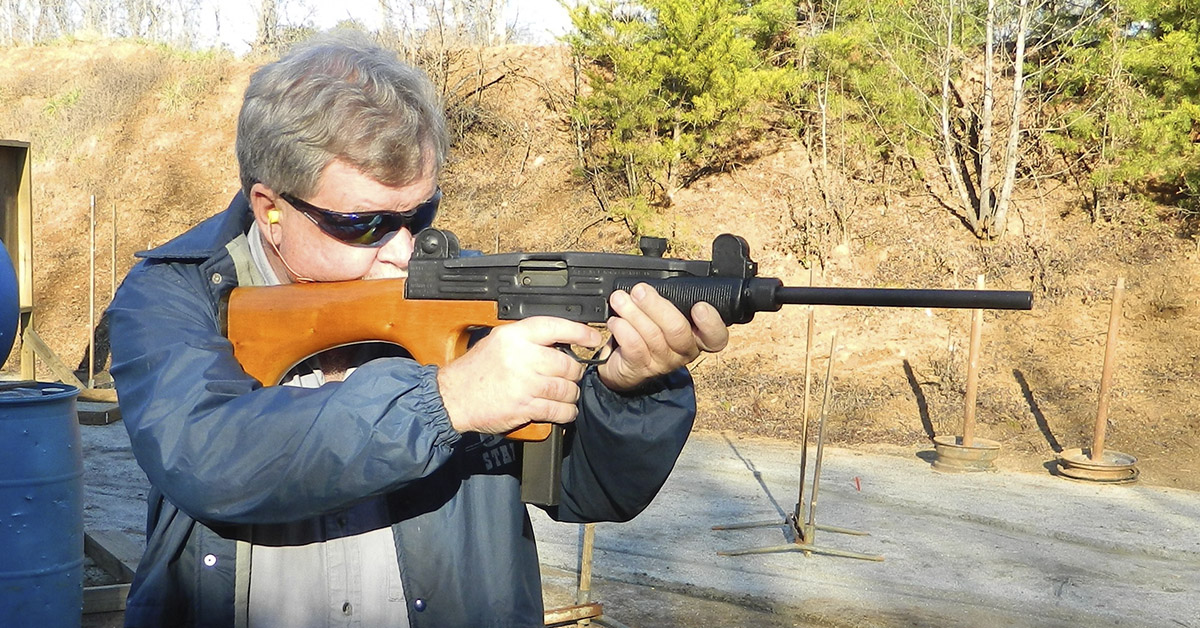
I have the plasticity to address new ideas, and I cannot imagine a successful implementation of this oft repeated trite concept. Training must be pragmatic. You will fight with the gun in your hand. If you begin with the carbine, God help you if you burn up your ammunition or have a malfunction and must address the threat with a pistol. If you did not get the threat down with the carbine, odds are the pistol won’t succeed either! The utility of the 9mm combination is in logistics and supply, not in using both together. If confronted with a threat out in the world, I will respond to a threat with the concealed handgun; if at home, I will respond with a carbine. I have that squared away. If checking the property, the carbine.
You will be fighting with one or the other. If you really need a .223, then you should have an AR-15 on hand. On the other hand, the 9mm carbine and handgun combination works very well for me. The strength of the connection is enhanced when two firearms have the same trigger, grip, and magazine. The Smith & Wesson M&P 2.0 handgun and FPC carbine make this connection. The carbine grip is the M&P compact size and may use the full range of M&P 9mm pistol magazines — and stores two spare magazines in the butt stock. The carbine easily folds over and allows the shooter to mount an RDS without penalty. For a more accurate combination that is a bit more difficult to carry in a truck, the Response is viable. It is my house gun. In handguns, the S&W SPEC 9mm handgun is an excellent choice for a shooter wishing to limit recoil. This compensated 9mm is accurate, easy shooting, and shares magazines with the two S&W 9mm carbines.
The two S&W carbines take 17- to 23-round magazines. You need only stock one type of magazine. (Don’t forget to remove the spacer from the carbine magazines if you intend to use them in a handgun. Spacers allow use of the 23-round magazine in a compact size grip.) Ammunition supply isn’t difficult. Training ammunition is the same for either, and personal defense ammunition, for the most part, need not be tailored to either. Individual accoutrements include holsters, slings, and red dot sights. Consider your needs, consult professionals, but don’t offload the decision to trainers or writers. Take your own counsel.
Training
In personal defense, avoidance is a huge part of the routine. Every town has more dangerous areas — a center of crime or trouble. In the case you cannot avoid trouble, prepare. There are many types of home invaders. Some are motivated by profit and don’t wish to encounter a homeowner or resident. Others don’t care. It isn’t profit they are after; they have a lust to cause human misery and suffering. They are not as rare as they once were. Takeover robberies are also more common. To meet this threat, the carbine is by far the superior weapon. Greater hit probability, greater wound potential, and greater retention are part of the carbine’s advantages.
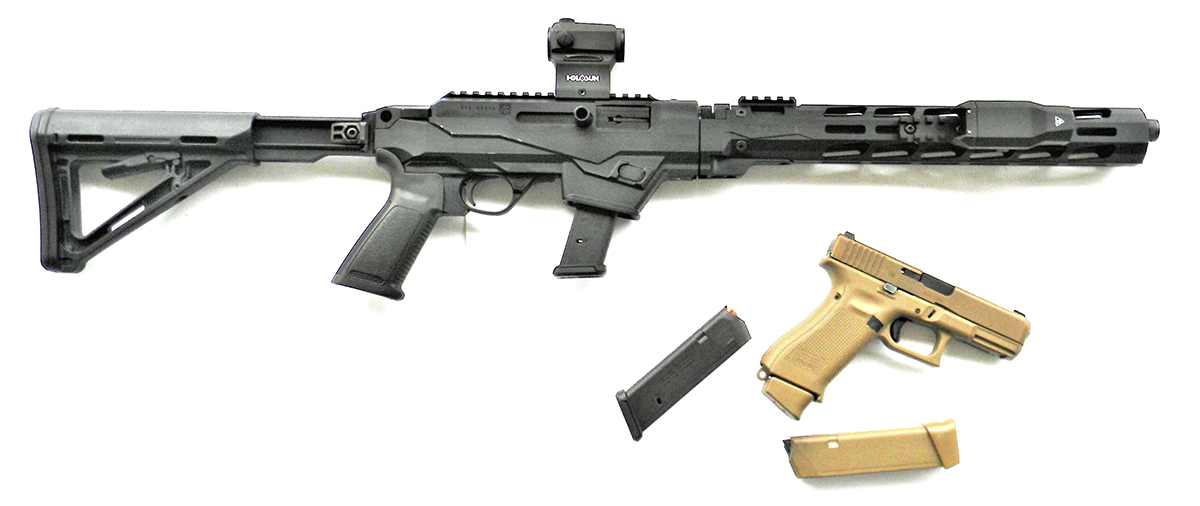
The carbine should be kept chamber-empty, so practice rapidly charging the firearm to make it ready. You have hit probability and a good ammunition reserve. This makes it more likely you will fire less shots. Get into action, get center hits, repeat.
Outdoors
A pistol on the hip and a 9mm carbine makes a lot of sense for camp and cabin protection, and as a truck gun combination. Is the 9mm carbine a reasonable alternative to a .223? In some ways it is. The 9mm offers cheap ammunition and enjoyable recreational shooting. Muzzle blast and signature are less. Recoil isn’t a consideration in either caliber. In trained hands, the S&W SPEC pistol is a 50-yard-accurate handgun with a high probability of fast hits and easy recoil recovery compared to most handguns. The carbine is useful to about 100 yards. (I would take claims of connecting past 150 yards with a 9mm carbine with a grain of salt. I have done the stunt, holding over several feet. I cannot hear the plates when hit and they don’t always move!)
Let’s look at a few tables and comparisons. These figures are not necessarily scientifically ordered but offer good information on the velocity and potential terminal performance of the 9mm in pistols and carbines.
Common Average 9mm Velocities
- 115-gr.: 1150 fps (muzzle), 1090 fps (25 yds.), 1050 fps (50 yds.), 975 fps (100 yds.)
- 124-gr. +P: 1200 fps (muzzle), 1146 fps (25 yds.), 1090 fps (50 yds.), 990 fps (100 yds.)
- 147-gr. JHP: 1000 fps (muzzle), 975 fps (25 yds.), 950 fps (50 yds.),930 fps (100 yds.)
Carbine and Pistol Velocities Comparison*
- Lehigh 90-gr.: 1340 fps pistol, 1439 fps carbine
- Remington 115-grain JHP: 1222 fps pistol, 1250 fps carbine
- Buffalo Bore 124-gr. JHP +P: 1266 fps pistol, 1402 fps carbine
- Speer 135-gr. Gold Dot Carbine: 1120 fps (Springfield Echelon pistol), 1260 fps (KelTec Sub2000 carbine)
*Author’s chronograph data.
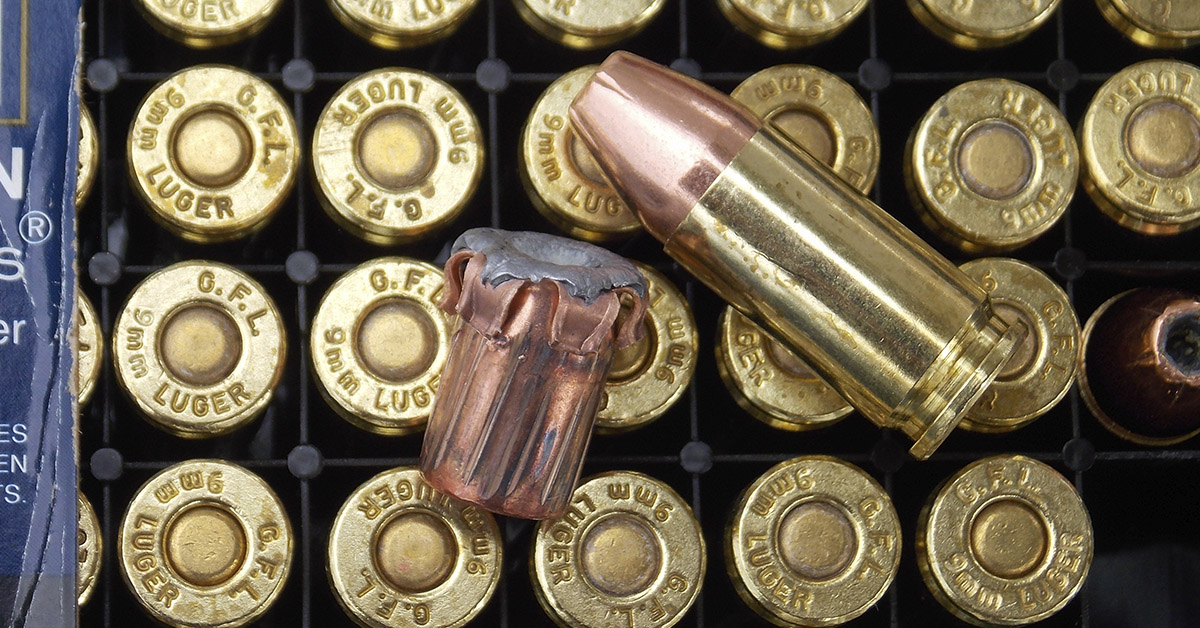
There is a concern that a projectile designed for expansion in a handgun may over penetrate in a carbine and “fly apart.” On the contrary, as those who actually test the theory learn, there is greater penetration and more expansion if premium defense loads are used in the carbine. Here are some of my results.
As an example, the Speer 124-gr. Gold Dot is a fine performer in either firearm.
Speer Gold Dot 124 grain +P
- Pistol: 1250 fps, 18 in. penetration, .69-in. expansion
- Carbine: 1298 fps, 20 in. penetration, .75-in. expansion
Speer Gold Dot 135-gr. Carbine (author test data)
- Pistol: 1120 fps, 18 in. penetration, .550-in. expansion
- Carbine: 1260 fps, 16 in. penetration, .630-in. expansion
Speer Gold Dot 135-gr. Carbine (factory test data, in gelatin)
- Carbine: 14.2 in. penetration, .630-in. expansion
- Pistol: 16.5 in. penetration, .550-in. expansion
This gives a good basis for comparing my own water test results.
Carbine-Only Loads
Around the turn of the century, ammunition makers offered carbine-only loads for the WCF lever-action rifles. They were much stronger than would be safe in a revolver. Later, submachinegun ammunition for the 9mm was loaded pretty hot. I don’t think it makes sense to have on-hand a loading that will stress one firearm and may just break small parts in another. On the contrary, a blowback-operated carbine may not be able to handle loads significantly hotter than a pistol — if hotter at all!
Conclusions
If you need security on a farm or camp and value light weight and easy handling, a 9mm carbine is a good choice. Some folks don’t have the time or the inclination to master a handgun. With a bit of effort, they will be able to connect quickly and accurately with a carbine. Be certain to train for likely scenarios, firing at 50 to 100 yards at least occasionally and be certain you have a good idea of what offers cover and concealment.
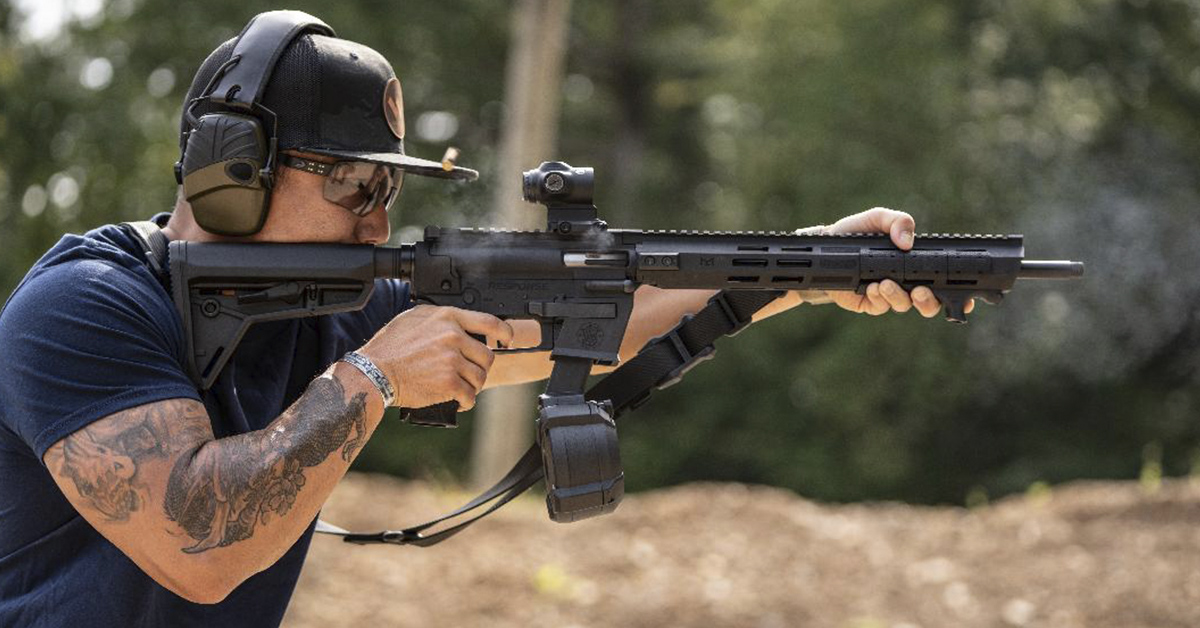
We often use ritualized tactics dictated by beliefs of what the threat will be and where it will be. A change in methods — using a red dot and rapid fire from cover — should be explored. The constant application of such discipline is recommended whenever you are able to practice. If I must defend myself, I hope my prayers reach the ears of God and that my skill set is up to the task.



